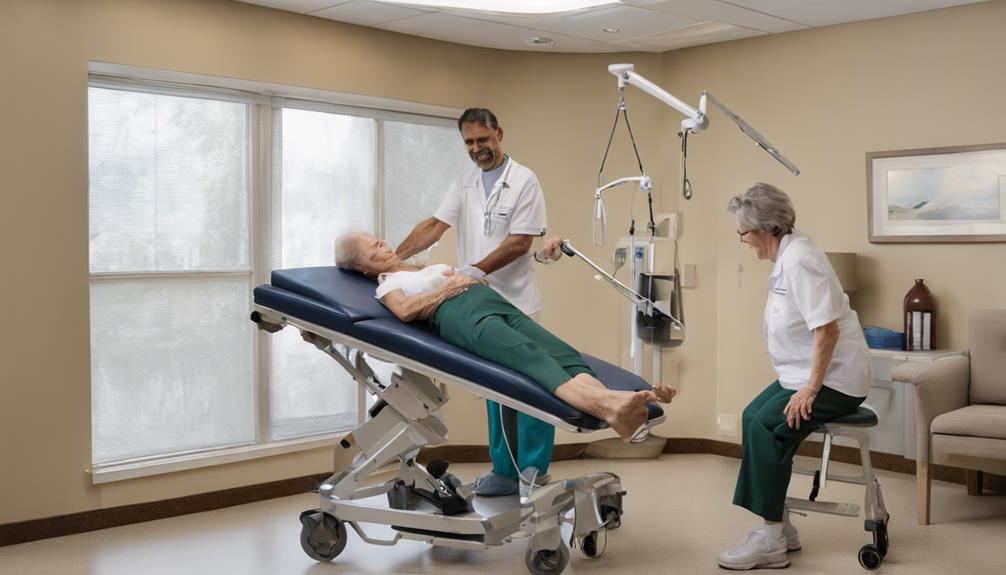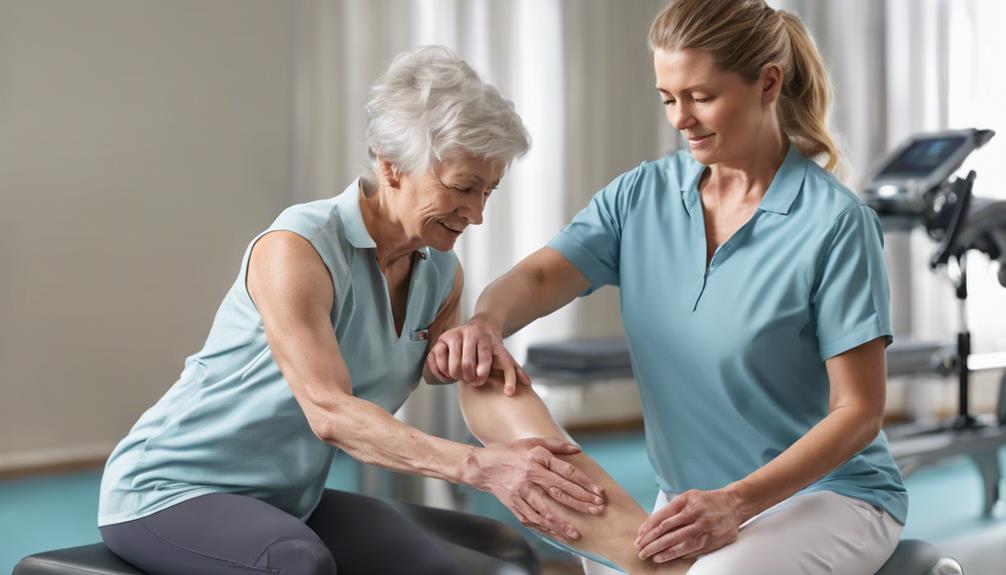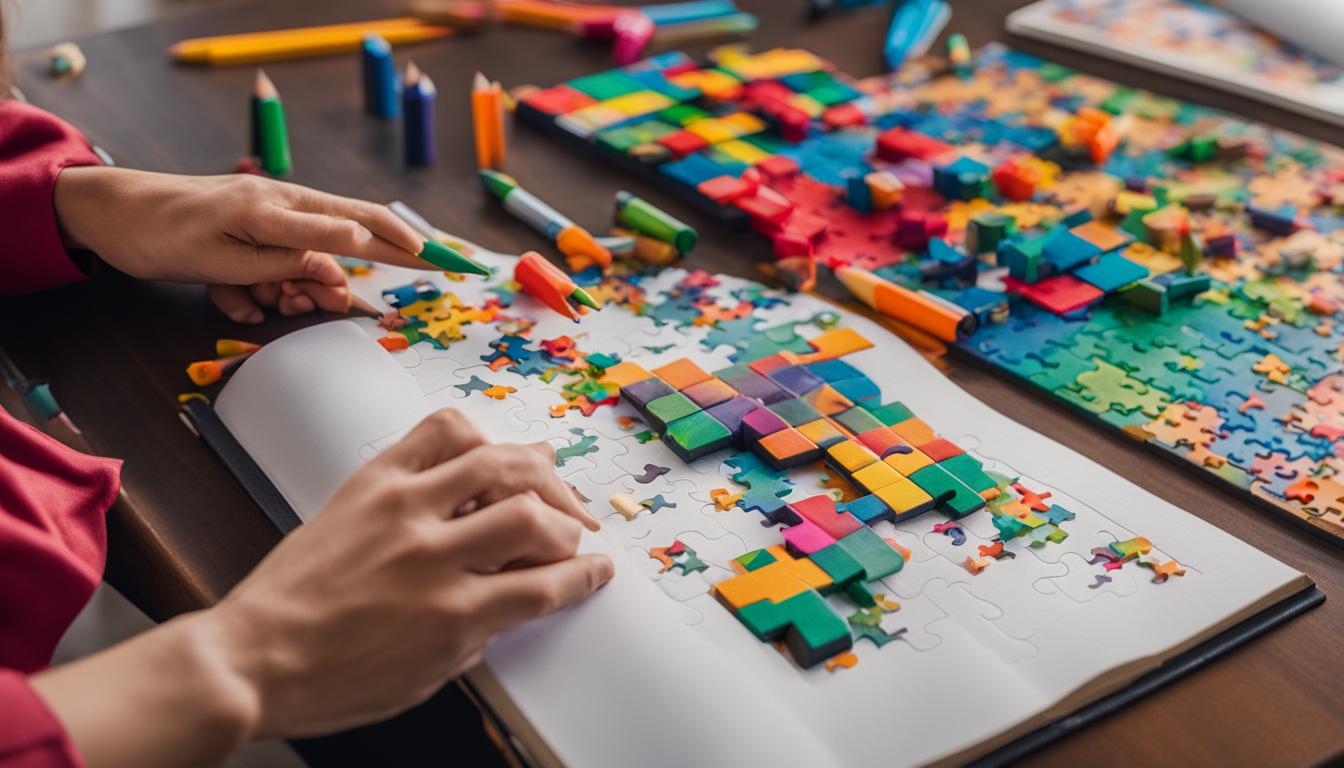When it comes to a cat’s recovery from a stroke, approximately one third of cats demonstrate significant improvement within the initial 30 days post-stroke. Understanding the intricacies of a cat’s recovery journey following a stroke is essential for pet owners and caregivers.
From rehabilitation techniques to monitoring progress, each step in the recovery journey plays a vital role in the cat's well-being.
Let's explore the intricacies of cat stroke recovery and how best to support our feline friends through this challenging process.
Key Takeaways
- Early detection and intervention are crucial for optimal care in cat strokes.
- Rehabilitation techniques like physiotherapy and hydrotherapy aid in post-stroke recovery.
- Tranquil environments, customized plans, and balanced diets support feline healing.
- Monitoring progress, regular vet check-ups, and adjusting environment are vital in recovery.
Understanding Cat Strokes
When it comes to understanding cat strokes, it's crucial to recognize that these sudden neurological events can affect felines of any age or breed. Strokes in cats occur when there's a disruption in the blood supply to the brain, leading to damage in specific areas. Underlying conditions such as cancer, heart disease, high blood pressure, and trauma can increase the risk of strokes in cats.
It's essential to be vigilant for symptoms such as sudden collapse, blindness, seizures, disorientation, muscle spasms, and coma, which may indicate a stroke in your cat. However, these signs can also be linked to other brain diseases, highlighting the importance of immediate veterinary attention.
Diagnosis of cat strokes involves a thorough assessment of symptoms and confirmation through diagnostic tests conducted by veterinary specialists. These tests may include blood pressure readings, blood work, brain fluid analysis, and imaging scans to pinpoint the affected areas in the brain. Early detection and intervention are crucial in providing the best possible care and outcomes for cats experiencing strokes.
Rehabilitation Techniques for Cats

Understanding the impact of strokes on cats, we explore effective rehabilitation techniques to aid in their recovery and enhance their quality of life post-stroke.
Physiotherapy plays a crucial role in improving cats' mobility and coordination after a stroke.
Environmental enrichment, such as puzzle toys and interactive games, can help in cognitive recovery and provide mental stimulation.
Hydrotherapy, which involves controlled water exercises, is beneficial for cats to regain strength and muscle function.
Additionally, acupuncture and massage therapy are valuable tools in alleviating pain, improving circulation, and enhancing overall well-being during the recovery process.
Customized rehabilitation plans tailored to each cat's specific needs are essential for optimal outcomes post-stroke, focusing on enhancing mobility, coordination, and overall well-being.
Promoting Healing in Feline Recovery
To promote healing in feline recovery after a stroke, creating a tranquil and cozy environment is essential. Following the vet's instructions diligently, including administering prescribed medications, is crucial for the cat's recovery process.
Encouraging gentle exercise and mobility activities, while supervising closely, can aid in the rehabilitation process. Monitoring the cat's progress is vital; observing any behavior changes or health differences can guide adjustments in the recovery plan.
Providing a balanced and nutritious diet that caters to the feline's specific needs is key to supporting their overall well-being post-stroke. By focusing on these aspects, we can help the cat navigate through the challenging journey of recovery with care and attention to detail.
Monitoring Recovery Progress in Cats
In monitoring a cat's recovery progress post-stroke, close observation of neurological signs and behaviors is crucial for assessing improvement.
Regular veterinary check-ups play a vital role in tracking recovery milestones and adjusting treatment plans accordingly.
Physiotherapy sessions can be beneficial for the cat's physical rehabilitation and overall recovery journey.
It's essential to keep a detailed record of the cat's progress, noting any setbacks or improvements, as this aids in evaluating the effectiveness of the recovery process.
Adjusting the cat's environment to support its recovery is also key; ensuring easy access to necessities like food, water, and litter boxes can greatly assist in the recovery process.
Tips for Well-being After a Cat Stroke
For the well-being of your cat post-stroke, encourage gentle exercise and provide a stress-free environment at home to support their recovery journey.
Gentle exercise and mobility exercises can aid in your cat's stroke recovery by improving circulation and muscle strength. Creating a stress-free environment is crucial for your cat's well-being during this sensitive time.
Ensure that your cat has a quiet and comfortable space to rest and recover. Administer any prescribed medications consistently to support their recovery outcomes.
Monitor your cat closely for any changes in behavior, mobility, or overall health. If you notice any concerning signs, consult your veterinarian promptly.
Shower your cat with love, care, and attention to help them feel safe and supported throughout their recovery. Your support and dedication play a significant role in your cat's well-being post-stroke.
Frequently Asked Questions
How Can I Help My Cat After a Stroke?
We can help your cat after a stroke by providing a calm and cozy environment.
We should follow the vet's medication instructions and ensure easy access to essentials like food and water.
Engaging in gentle activities can stimulate and support your cat emotionally.
Regular vet check-ups are crucial for monitoring progress and adjusting care plans.
It's essential to be attentive and caring during this recovery period.
How Long Can a Cat Survive After a Stroke?
We understand the concern about how long a cat can survive after a stroke. The survival time varies based on the stroke's severity and the cat's overall health.
With prompt veterinary care and proper treatment, some cats can live for years after a stroke. Cats with mild strokes tend to have better outcomes than those with severe ones.
Long-term survival is achievable with ongoing medical support and management.
What Are Good Signs After a Stroke?
When we see signs of increased alertness or improved coordination post-stroke, we know recovery is on the right track. Regaining lost functions like eating, drinking, or grooming are positive indicators. These early signs of progress are crucial as they often lead to further improvements in mobility and independence. As patients navigate the stroke recovery timeline stages, they may also experience enhanced cognitive functioning and emotional well-being, which contribute significantly to their overall rehabilitation journey. Continuous support and tailored therapy can help patients maximize their potential during this critical period.
Reduced neurological symptoms and a return to normal behavior such as playing and socializing are promising signs. These improvements give us hope and show that our efforts are making a difference in the recovery process.
What Happens in the First 3 Days After a Stroke?
In the first 3 days after a stroke, symptoms may be severe and noticeable. Patients can experience sudden collapse, disorientation, seizures, or muscle spasms. It's crucial to monitor their condition closely and seek immediate medical care.
Prompt diagnosis and treatment can significantly impact recovery and prognosis. Providing supportive care and monitoring for complications are essential during this critical period. Remember, early intervention can make a difference in the outcome.
Conclusion
As we navigate the complexities of cat stroke recovery, we must remember that every step forward is a triumph.
Like a delicate flower pushing through the cracks in concrete, our feline companions show resilience and strength in their journey to healing.
Let's continue to nurture them with love, patience, and specialized care, knowing that with our support, they can bloom once more, vibrant and full of life.









